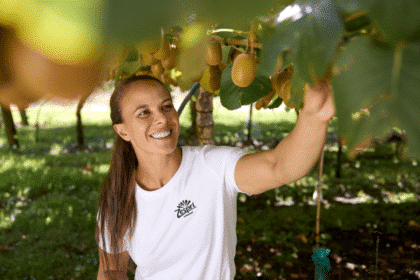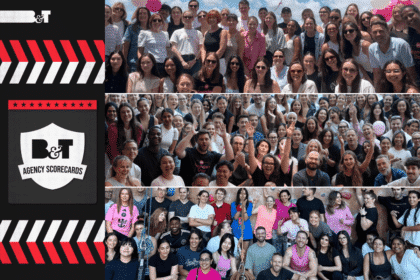Watching what your competitors are doing on social media isn’t spying – it’s a smart marketing strategy.
Actively monitoring and analysing your competitors can give you a competitive advantage by delivering more insights to help you hone your social media strategy.
Here’s everything you need to know about social media competitor analysis.
Why do you need to keep an eye on your competitors on social media?
Watching what your competitors are doing on social media is a straightforward way to gain an edge. Through social media competitor analysis, you can better understand how to position your brand, identify opportunity gaps, and hone your USP.
Benchmarking your performance against competitors is an important way to gauge brand awareness in your competitor set and know what kind of sentiment surrounds your competitors posts.
Measuring your social media success only from within the platforms you’re on means your focus is too narrow. For example, if you’re only looking at your own brand metrics and performance, you might celebrate an increase in engagement of 10 per cent – on paper, it’s a big jump. But what if your competitors have jumped 20 per cent?
By looking beyond your own existing channels you can benchmark more effectively, plus identify whether there is there another platform you should be considering, or different types of content you could be posting.
How can social media competitor analysis help you improve your performance?
The things you can learn from social media competitor analysis include:
- The types of content other brands are creating.
- The levels of engagement each type of content is getting, for example brand posts versus CSR posts.
- The types of posts your competitors are using most often.
- The sentiment toward their posts.
- Which posts gain the most comments, shares, and likes.
- The imagery and captions that are producing the most effective posts.
- Which macro conversations competitors are engaging in.
Competitor analysis helps you establish your own performance benchmarks, such as engagement rates and social share of voice. By monitoring these metrics, you can gain insight into what type of content to dial up, and what you need to pull back on.
Competitor analysis can also help provide learnings from what other brands are doing and applying these insights to your own strategy.
Going one step further, you can broaden the activity you’re monitoring, from your close competitor set to global reference brands. By observing what the best in class are doing, you can get real depth of engagement.
For example, one Australasian supermarket was posting a lot of product posts advertising specials but seeing low engagement. Using social media insight tool Zavy, this brand could see other supermarket brands in Australasia were all following a similar strategy, so the social media team tapped into Zavy to look further afield to Northern Hemisphere supermarkets.
They noticed something striking – European supermarkets were using their social channels not to promote products, but to talk about their staff, sponsorship and activities they were carrying out in their communities. The sentiment toward these types of posts was measurably higher than product posts. In response to this, the Australasian brand rethought its content strategy, with refreshed pillars that dialled up CSR posts and dialled down product posts, to great effect in their engagement scores.
How do you do social media competitor analysis?
The first step is to identify your competitors. Again, you’ll probably be aware of the brands in your competitor set in your own country, but it’s worth looking internationally as well, to gain a broad perspective of performance.
Once you have a list of competitors, track their social media profiles. Questions you should be asking include:
- What social networks are they using?
- How many followers do they have, and is this number growing?
- How often do they post?
- How engaged are their followers?
- What is their social share of voice?
You’ll need to revisit this data frequently to make sure your social media strategy stays current. Having a constant supply of up-to-date information is essential.
However, if carrying out social media competitor analysis manually, this is a huge time investment for social media managers. To make things easier for small teams and streamline your analysis, invest instead in a great tool.
Zavy is a social media insights platform that offers clear and comprehensive competitor analysis. This tool saves you time when it comes to looking at the numbers, so you have more time to make smart decisions. One of Zavy’s key features is the Zavy Score.
This is a single metric that keeps competitor analysis and comparison simple. In a single customised dashboard displaying your score (very similar to the one you see on B&T’s homepage!), and those of your competitors, you can keep track of how you stack up against your competitor set.
Conrad Heaven, GMM Digital for Fonterra, says “Zavy’s intuitive dashboards show us how we’re performing against competitors and drill down to individual posts if required. Their metrics are backed by actual sales data which gives us confidence that improved engagement will be driving sales.”
Ready to find out you compare to your competitors? Reach out to our team today to find out more about your Zavy Score.








